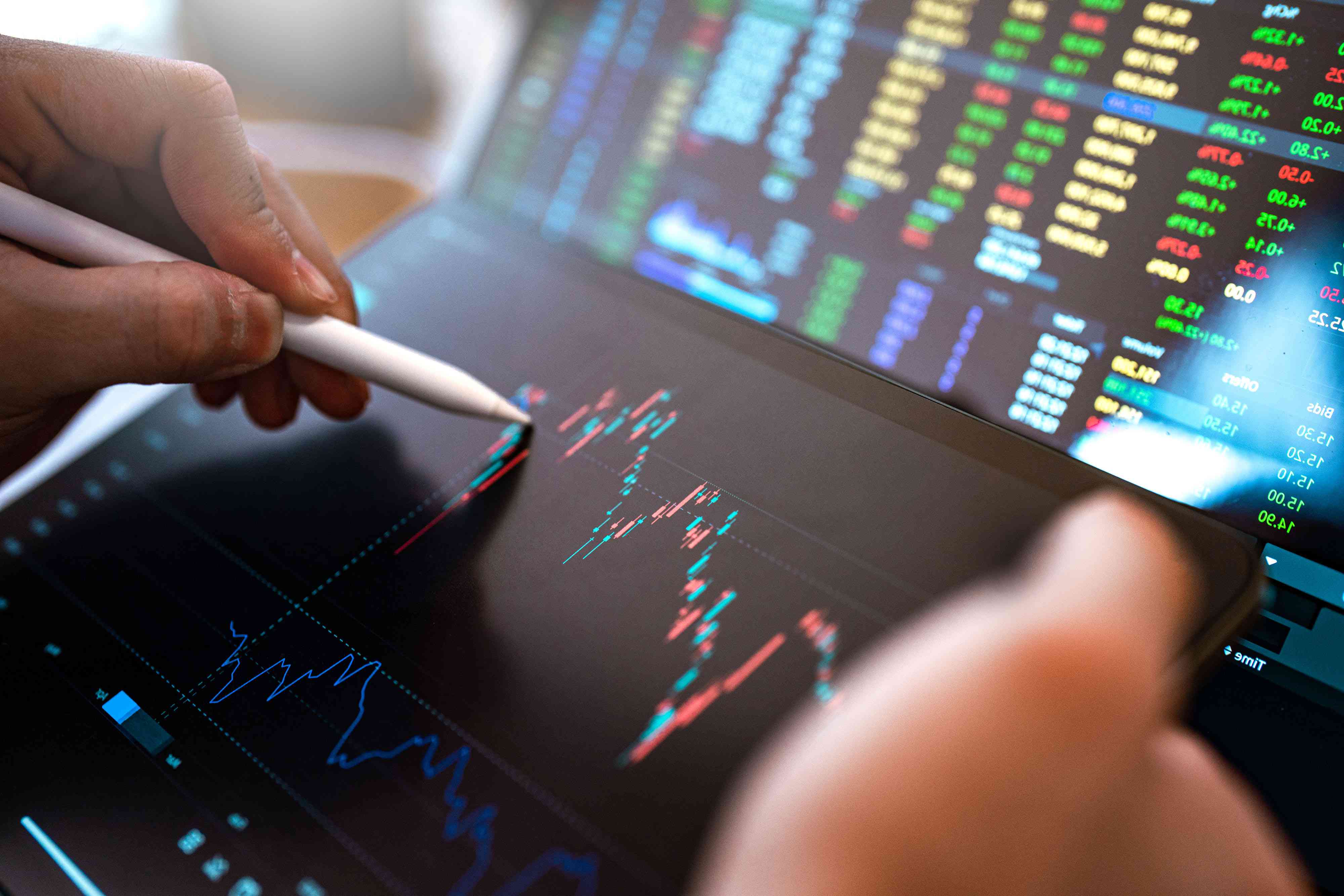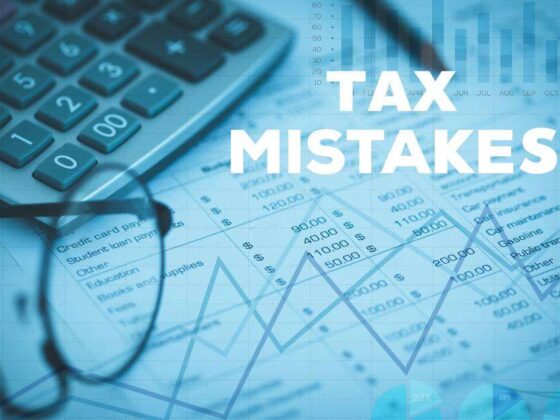In the fast-paced world of trading, new traders often find themselves standing at a crossroads, unsure of how to navigate the complexities of the financial markets. Simulated trading, often touted as a safe harbor for novices, provides a tantalizing opportunity to hone skills without the risk of real capital loss.
But is it truly an effective way to learn? As aspiring traders immerse themselves in this digital sandbox, they encounter a myriad of benefits: the ability to experiment, the freedom to make mistakes, and the chance to develop trading strategies in a pressure-free environment. Yet, lurking beneath the surface are potential pitfalls, including a detachment from the emotional realities of actual trading and the danger of overconfidence.
This article delves deep into the pros and cons of simulated trading, offering insights to help newcomers determine whether this approach is a stepping stone or a stumbling block on their journey toward financial competence.
Skill Development

Skill development through simulated trading offers a unique landscape for new traders, presenting both opportunities and challenges. In this digital environment, individuals can experiment with various strategies without the risk of losing real money, allowing for an invaluable learning experience.
However, the artificiality of simulated platforms can sometimes mask the emotional and psychological strains that accompany actual trading, leading to a disconnect between theory and practice. For instance, a trader may master the mechanics of executing trades and analyzing market trends in simulations, only to falter under real-world pressure where stakes are high and decisions often need to be made in split seconds.
Ultimately, while simulated trading is an excellent tool for acquiring technical skills and refining analytical approaches, aspiring traders must also seek exposure to live markets with DOM trading to develop the resilience and emotional fortitude essential for success in the dynamic world of trading.
Understanding Market Mechanics

Understanding market mechanics is fundamental for any aspiring trader, especially in the realm of simulated trading. Markets are not just numbers and charts; they are dynamic ecosystems influenced by a myriad of factors, including economic indicators, investor sentiment, and geopolitical events.
Grasping concepts such as liquidity, volatility, and the role of market makers can profoundly affect a traders approach to both simulated and real-world scenarios. For instance, when testing strategies on a simulated platform, one must recognize that while the data reflects real market behaviors, the absence of emotional stakes can lead to decisions that differ dramatically from those made under pressure.
New traders often mistake simulations for the real thing, failing to appreciate the psychological turmoil that accompanies actual trading. Thus, while simulations serve as a valuable educational tool, they can never fully replicate the complexity and unpredictability of live markets.
Testing Strategies and Techniques
Testing strategies and techniques in simulated trading is vital for new traders seeking to hone their skills without the risk of financial loss. One effective approach involves using scenario-based simulations that mimic real market conditions, allowing traders to experiment with various strategies—from scalping to long-term investment—under diverse circumstances.
Additionally, implementing stop-loss orders and evaluating risk-reward ratios during these simulations can help traders understand the importance of risk management in their decision-making process. However, striking a balance is crucial; excessive reliance on simulations can lead to overconfidence or a false sense of security.
By periodically switching from simulation to live trading—albeit with smaller volumes—traders can refine their techniques in real-time, gaining indispensable insights that enhance their learning curve. Ultimately, testing strategies in a simulated environment serves as a powerful tool, but new traders must remain aware of the limitations and adapt their learning to develop a well-rounded trading acumen.
Conclusion

In conclusion, simulated trading offers a valuable opportunity for new traders to hone their skills and strategies in a risk-free environment. By allowing individuals to practice without the pressure of real financial stakes, it fosters a better understanding of market dynamics and builds confidence.
However, it is essential to recognize its limitations, particularly regarding the emotional aspect of trading and the lack of real-world consequences. As traders transition from simulated environments to actual markets, they may encounter challenges that simulations cannot adequately address.
While tools like DOM trading can enhance a traders experience and provide deeper market insights, the shift to real trading requires a mindset that acknowledges risk and uncertainty. Ultimately, simulated trading can be an effective learning tool, but it should be viewed as just one component of a comprehensive education in trading.


